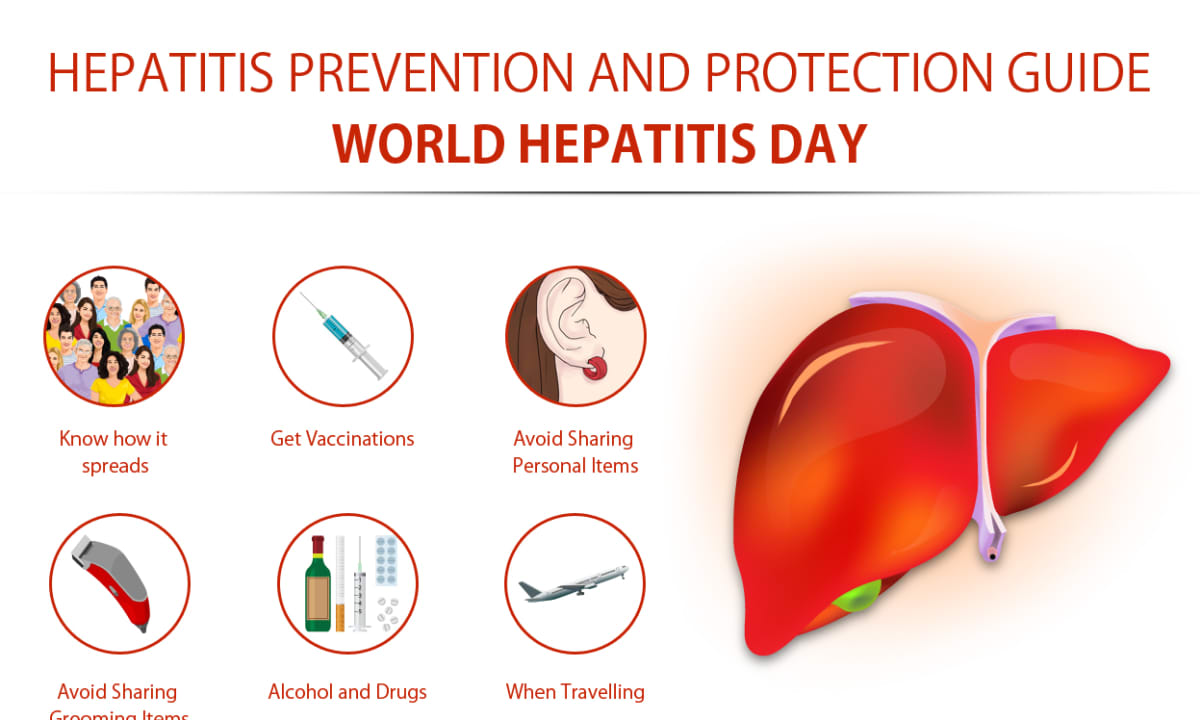
Hepatitis is a liver inflammation typically brought on by viral infections. But it can also be brought on by being exposed to pollutants, drugs, or alcohol.
Hepatitis A, B, C, D, and E are the five major viruses that cause the disease. The risk factors and methods of transmission differ for each form of viral hepatitis.
“In hepatitis, the liver experiences severe inflammation that causes cell death and the release of enzymes into the blood. Hepatitis is diagnosed in this way. According to Dr. Santosh Ennaganti, gastroenterologist and hepatologist at Yashoda Hospitals in Hyderabad, “new liver cells replace the dead cells throughout the recovery phase, and in that process, the liver cannot fulfill certain functions, thus the patient gets jaundice and abnormal clotting factors.
Risk factors for Hepatitis A:
Poor sanitation, tainted food or water, close contact with an infected individual, and travel to unsanitary places are
Risk factors for Hepatitis B:
Unprotected sexual contact with an infected person, sharing needles or personal objects with an infected person, mother-to-child transmission during childbirth, and healthcare personnel coming into touch with infected blood are all possible ways to contract the disease.90 per cent of the patients with acute hepatitis A will recover over 4-6 weeks, they will be very sick for 2 weeks and jaundice will disappear by 8 weeks. 10 per cent of individuals might have serious liver damage leading to liver failure, depending on the type of virus causing it,” said Dr Santosh Ennaganti.
Risk factors for Hepatitis C:
Sharing of needles or equipment for drug use, receiving blood transfusions or organ transplants before widespread screening of the blood supply (prior to 1992), needle stick injuries in healthcare settings, and less commonly, mother-to-child transmission and sexual transmission.
Risk factors for Hepatitis D:
Risk Factors: Hepatitis D only occurs in individuals already infected with hepatitis B. It is transmitted similarly to hepatitis B through contact with infected blood or other body fluids.
Risk factors for Hepatitis E:
Risk Factors: Contaminated water, particularly in areas with poor sanitation. A different type of hepatitis that affects younger women is auto-immune hepatitis. If left untreated for 10–20 years, it creates antibodies against the liver that lead to cirrhosis. Supportive care is used to treat hepatitis E. Special antiviral drugs are used to treat hepatitis B and C.

